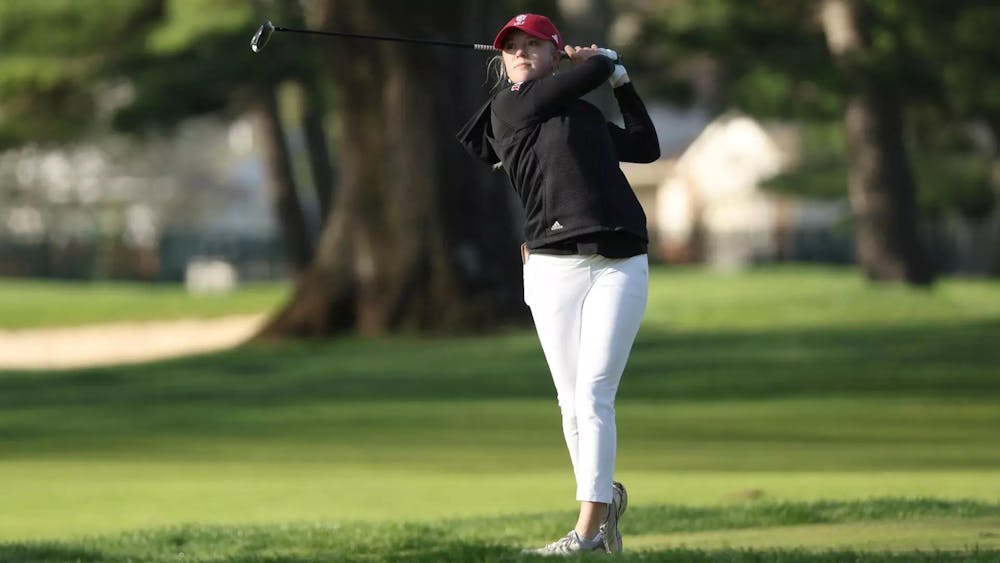The Indianapolis Zoo has announced the 2010 nominees for its biennial animal conservation award.
The Indianapolis Prize is given to an individual who has made extraordinary contributions to the field of animal conservation, public relations specialist Maura Giles said.
This year 29 nominees will be vying for the prize, which is the largest individual monetary award for animal species conservation in the world, Giles said.
The winner will receive a $100,000 non-restricted monetary award as well as the prestigious Lilly Medal provided by the Eli Lilly and Co. Foundation.
Past winners include cofounder of the International Crane Foundation George Archibald and field biologist George Schaller.
“The prize was set up to honor and recognize individuals who have made a real change and who just have a tremendous dedication to improving the conditions of one or several species,” said Beth Cate, associate general counsel for IU and nominating committee member.
Nominations are sent to the Indianapolis Zoo from all over the world, she said.
From there, the nominating committee is tasked with narrowing the field to six finalists whom they feel have had the greatest influence on animal conservation, each of whom will be announced in the spring. The final winner will be announced Sept. 25, 2010, in Indianapolis.
Cate said the committee looks at a wide variety of areas when determining the finalists.
“What we’re looking for is what conditions have changed through the years due to their efforts,” she said. “Because really understanding the animals’ needs, both their environmental needs and biological needs, is pretty key to planning what will be successful conservation efforts.”
The committee will also be looking at how much scientific knowledge a nominee has contributed to his or her species and how well they are working with government constituencies to effectively improve the state of animals and their environment.
Many of the nominees reviewed are involved with teaching, Cate said, both through educating graduate students and through working with nonprofit organizations to instruct other conservationists to help continue their work.
Perhaps one of the most critical aspects, though, is how much the nominee is involving the local population, she said.
“So many of the issues about the future of conserving animal populations are bound up in the well-being of their surrounding local population,” she said. “So getting local, indigenous populations involved is critical.”
Animal conservationists vie for prize
Nominees for 2010 Indianapolis award announced
Get stories like this in your inbox
Subscribe





